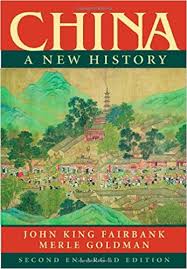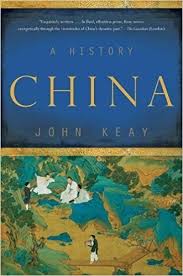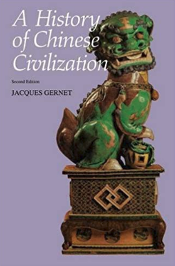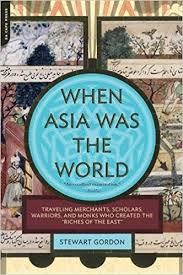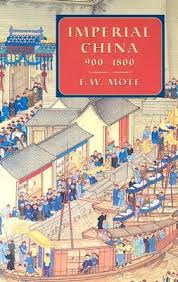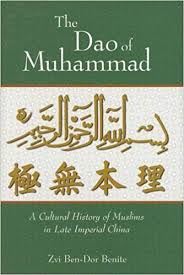Please read the following:
Is the famous Mount Soma another name for Mount Narodnaya? I don’t know. Many have been trying to identify the famous Mountain Soma–which appears in so much of ancient Arya literature and is one of the most important sources of Arya culture. Mount Soma is in Uttara Kuru. Soma, also called Chandra, is synonymous with the moon. Which means that the moon, and Monday (Moon Day or Selene Day or Luna Day), are very closely connected with this mountain. The famous Chandra vamsha or Soma vamsha (or Jati of Moon and Monday) originates from Mount Soma.
Long ago the seventh Manu (Vaivasvata Manu or progenitor of hominids) had a son called Ishvaku, father of the Surya Vamsha (or Jati). For tens of thousands of years hominids came from the Ishvaku dynasty, including during the time of the Ramayana. Then, based on my interpretation of the texts, tens of thousands of years later a new hominid came called Illa. Illa, another daughter of Vaivasvatu Manu, lived for many, many generations of normal humans (which suggests that she is a different species, or alien, or had some type of advanced medical technology to avoid aging, or was born multiple times the way the Dalai Lama is.) She was a great proponent and practitioner of daily gender fluidity, changing gender hundreds of times. At times she was androgynous with no gender or parts of both genders. There are many Ardhanarishvara class beings in the east. In fact the goal of spiritual practice in the eastern philosophy is to transform ourselves into an Ardhanarishvara. To be a perfect man and perfect woman at once. Eventually transcending all philosophies, all genders, all concepts, all forms and all qualities.
This gender fluid Illa is the progenitor of the Chandra Vamsha. She married Budha (Mercury or Hermes or Woden [Odin]), and had a son called Pururavas. Budha is a personification of the planet Mercury and Wednesday (day of the week). In the eastern system Mercury is the de facto son of the Moon and the de jure son of Jupitor (Zeus or Thor). The legal consort of Jupitor (Brihaspati), mother of Mercury (Budha) and combination Guru/mentor/friend/lover of the Moon is Tara.
Illa had many children, both as a mother, father and androgynous being. Her son Pururavas was also from Mount Soma (associated with the Moon). He married the Apsara (or different branch of hominid or non hominid or alien) Urvaśi. As an aside Illa answered some of the most asked questions of all time:
- Is it better to be a man or a woman?
- Who enjoys life better?
- Who enjoys reproduction more?
For readers slow on the uptick, the obvious answer to these much asked questions is very simple . . . woman. This is yet another reason woman are considered far superior to men in the east. [Krishna said that woman have seven divine qualities versus men having only three divine qualities.]
Let me posit a hypothesis for consideration and testing. Might the Surya Vamsha be an allegorical reference to the south east Asian branch of humans from 50,000 to 75,000? Might Chandra Vamsha be a reference to the the Iranian or Turan farmer from around 9,000 years ago? How can these hypothesis be tested?
What is Mount Soma, which along with Mount Kailash is central to Eastern and Arya philosophy? Other than Mount Narodnaya what other tall mountains west or north of South Asia could it be? Note that Sugreeva says not to go north of Mount Soma. Could this be because of the northern Polar ice cap? Are the areas north of Mount Soma a reference to Aurora Borealis?
“On passing beyond that mountain in Uttara Kuru, there is a treasure trove of waters, namely vast of Northern Ocean, in the mid of which there is gigantic golden mountain named Mt. Soma. Those who have gone to the sphere of Indra, and those who have gone to the sphere of Brahma can clearly see that lordly Mt. Soma, situated in the vast of ocean from the vast of heavens. Even though that place is sunless it is comprehensible as if with sunshine, since it is illuminated with the resplendence of Mt. Soma itself, which will be irradiating that place as if with the resplendence of the Sun. The God and Cosmic-Souled Vishnu and Shambhu or Shiva, an embodiment of eleven selfsame Souls, called ekaadasha rudra-s , and the god of gods Brahma who is surrounded by Brahma-Sages, will be sojourning on that Mt. Soma.”
This suggests that Mount Soma is also a reference to deep personal mystical experience. Note that the eleven Rudras are a reference to Shiva. In the ancient Vedic Samhitas 33 gods are repeatedly referenced [12 Adityas + 8 Vasus + 11 Rudras + two others]. This has many layers of meaning which can only be understood through deep meditation. One layer of meaning is 33 sections of the spine. From a certain perspective the 33 Gods are when someone enters Samyama or Samadhi with respect to 33 different parts of the nervous system. This might also be linked to a common theory among neuroscientists that the human brain has 33 senses instead of 5 senses. Mount Soma is linked to Monday, the Moon, and the 8 Vasus (one of which is the moon).
Continue reading Kailasha and Soma central to Arya culture?

